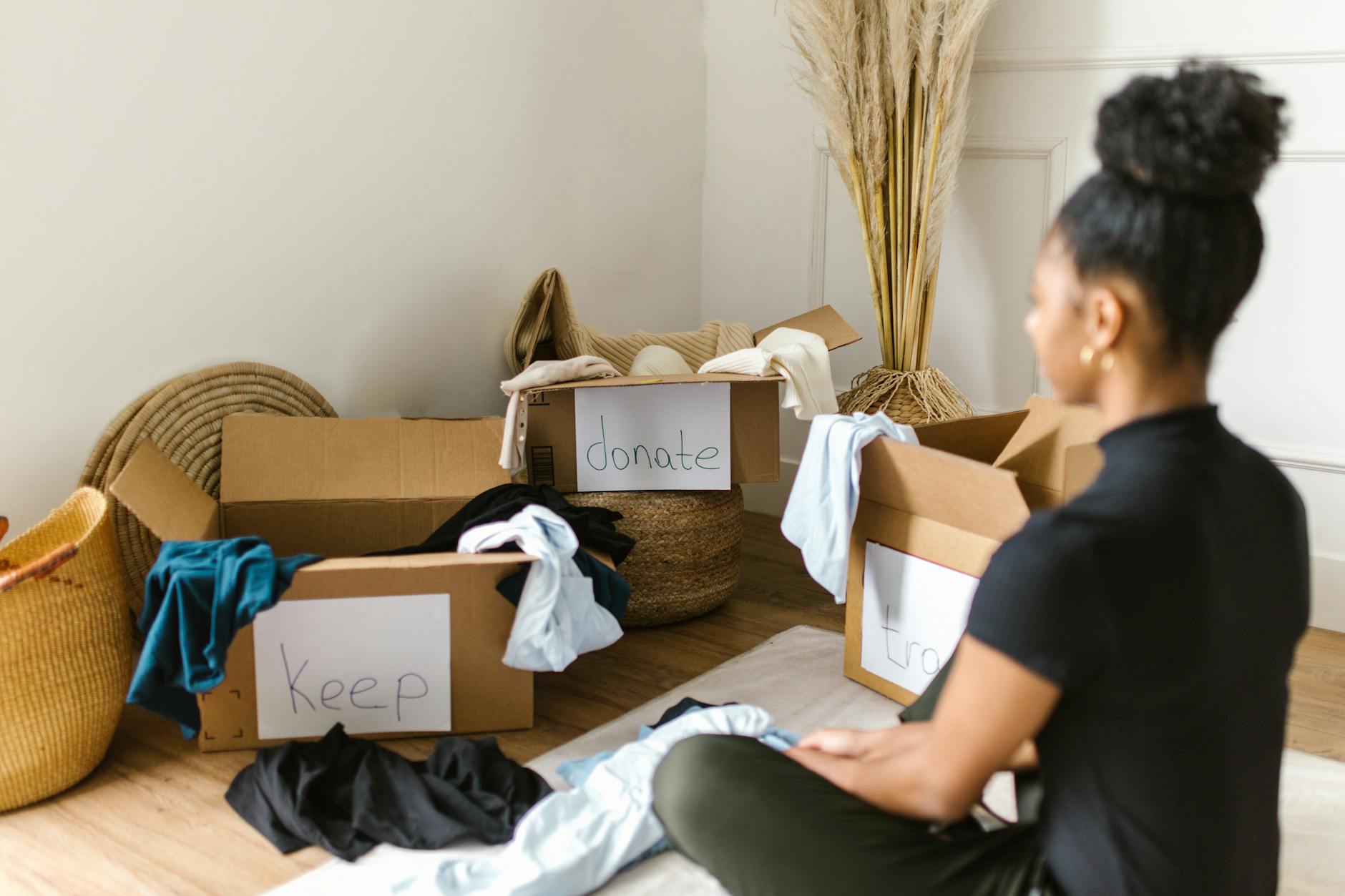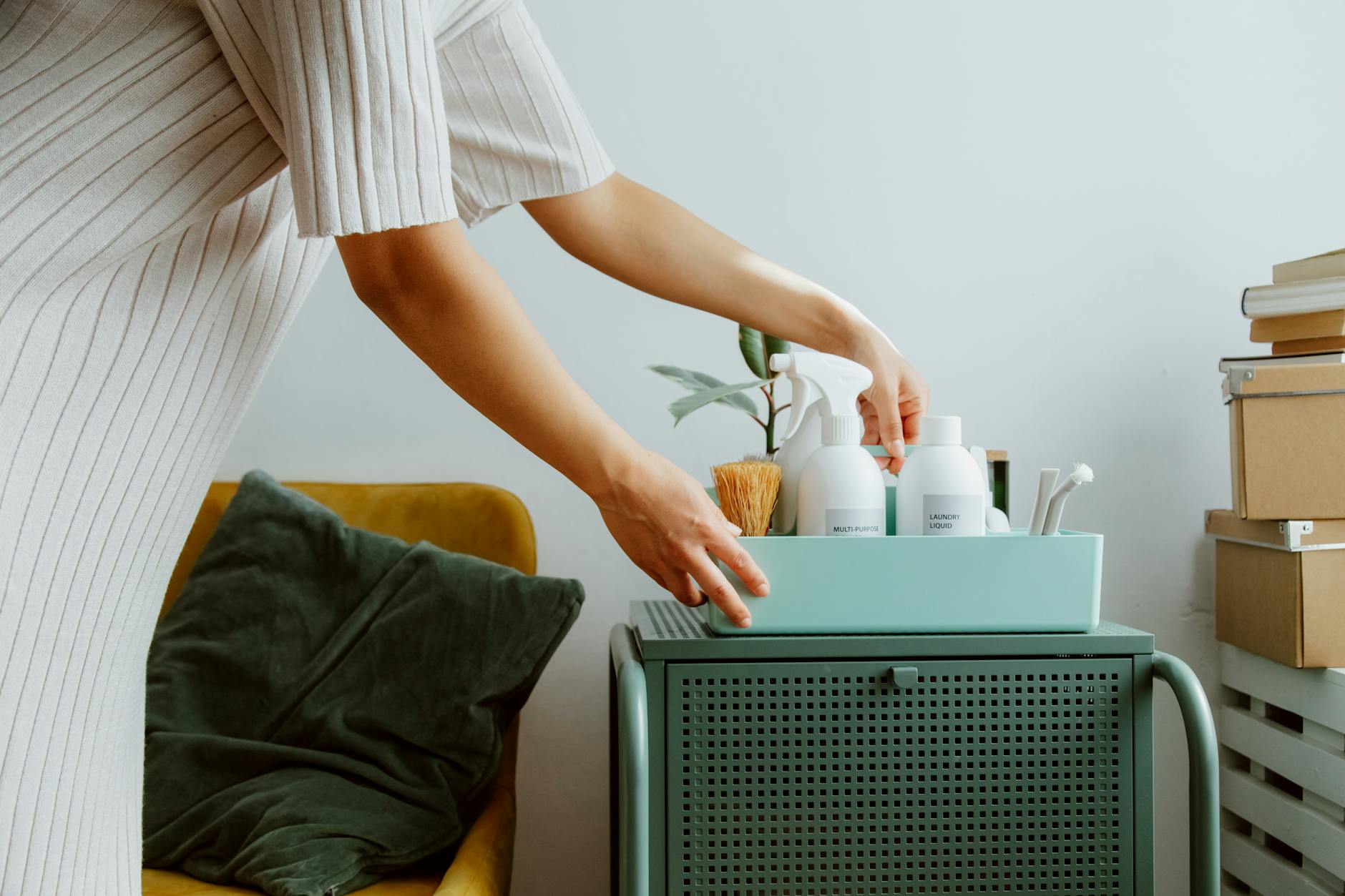Room-by-room tips for staying organized at home and maximizing space is a practical guide that walks you through targeted strategies to reclaim square footage, reduce visual clutter and build systems that last. This article breaks the home into logical zones and explains how the same organizing principles apply differently in each space. You will find actionable steps for sorting, smart storage choices, layout adjustments and maintenance habits that prevent rebound clutter. Whether you live in a small apartment or a larger house, the focus is on maximizing usable space—vertical storage, multi-purpose furniture, containerization, and routines. Read on for room-specific tactics that connect into a single, homewide approach so organizing one area supports the next and creates lasting order.
Entryway and living area
The entryway and living area set the tone for the whole home. Start by establishing clear zones: arrival, daily drop, and active living. A well-defined drop zone keeps keys, mail and bags from spreading throughout the house.
- Define a drop zone near the door with a small bench, wall hooks at two heights (for kids and adults), and a shallow tray for keys. Short-term visual clutter drops dramatically if every item has a landing spot.
- Use vertical space with floating shelves and narrow cubbies. Taller bookcases with baskets on lower shelves hide toys and remotes while keeping surfaces clear.
- Choose multi-purpose furniture such as ottomans with storage, coffee tables with drawers, or a console with cubbies. Every furniture piece that doubles as storage reduces the need for extra cabinets.
- Control paper flow with an in-out mail sorter and a weekly purge routine. Digitize bills and receipts where possible to reduce paper accumulation.
By controlling entry clutter and using furniture smartly, the living area becomes easier to clean and visually larger. These principles also prepare items for the kitchen or bedroom systems described next.
Kitchen and pantry
The kitchen is a high-use, high-clutter zone. Organizing here increases efficiency and gives the perception of more space. Begin with a functional layout: zone cooking, prep, storage and cleanup. Measure shelves, drawers and pantry depth before buying organizers.
- Group by use – keep frequently used items within arm’s reach of the prep area. Store rarely used appliances on top shelves or in a garage if available.
- Containerize and label – transfer dry goods into clear, stackable containers and label fronts. This saves shelf space and reduces the “what’s hiding behind” problem.
- Use vertical and door space – install a spice rail, magnetic strips for knives, and over-the-door pantry racks for small items. Shelf risers let you double usable shelf height.
- Implement rotation – keep a small “use-first” shelf for older items to prevent waste and clutter accumulation. A monthly pantry check reduces duplicates.
Small habits like returning items to their assigned bin and wiping shelves during the weekly kitchen clean prevent slow re-cluttering. These systems sync with living area habits: a cleared entry drop zone keeps groceries from piling up on couches or counters.
Bedroom and closet
Bedrooms are restorative spaces; clutter undermines calm and reduces perceived room space. Focus on editing first, then storage. A smaller wardrobe with well-chosen pieces is easier to manage than an overflowing closet that requires constant maintenance.
- Edit seasonally – perform a quarterly closet edit: donate, repair, recycle. Follow a one-in, one-out rule for clothing if space is limited.
- Optimize closet layout – add a second hanging rod, install slim, non-slip hangers, and use clear boxes for shoes. Drawer dividers keep small items like socks and accessories visible.
- Under-bed storage – use low-profile bins for off-season clothes or extra linens. Vacuum-seal bags can save space for bulky items, but rotate contents to avoid forgotten items.
- Bedside minimalism – keep nightstands lean: lamp, a small tray for essentials and one shallow drawer. Excess items should have a home elsewhere.
Consistent editing in bedrooms reduces overflow into shared spaces. Treat closets as part of the home’s inventory system: what you don’t wear should be moved out, which prevents garments from migrating into the living areas.
Bathroom, laundry and workspace
This combined chapter links utility spaces where functional storage and routines have the biggest impact. Bathrooms and laundry areas often become catch-alls for toiletries, cleaning products and paper goods, while home workspaces demand order to maintain productivity.
- Use clear zones – separate daily-use toiletries from medical items and from bulk supplies. Keep only daily-use items at counter level and tuck the rest away.
- Mount and hang – towel bars, pegboards, and wall baskets free up floor and counter space. In laundry areas, install a fold-down shelf for folding or a rod for hanging delicates.
- Consolidate supplies – store cleaning supplies together in a caddy so they travel from room to room. Bulk items can live in high cabinets or a garage to free indoor space.
- Home office tips – use vertical filing, a single inbox for incoming paper, and cord management under the desk. A dedicated spot for mail processing prevents papers from migrating to other rooms.
These utility spaces benefit from small, repeatable actions: a 5-minute end-of-day tidy prevents morning pile-ups. When every room follows similar container and labeling systems, moving items between them becomes predictable and fast.
| Storage solution | Best for | Estimated space impact |
|---|---|---|
| Stackable clear containers | Pantry, closet, garage | Reclaim 15–30% usable shelf space |
| Vertical shelving & risers | Living room, kitchen | Increase storage height by 30–50% |
| Multi-function furniture | Small apartments, living areas | Reduce furniture footprint by 10–25% |
| Under-bed/under-shelf bins | Bedrooms, closets | Recover 10–20% floor space |
| Wall-mounted organizers | Bathrooms, laundry, entryway | Free up 15–35% counter area |
Maintenance and routines link all rooms. A weekly 20-minute sweep through key zones, a monthly donation box purge and simple labeling go a long way toward preserving the space gains you create.
Conclusion
Organizing room-by-room means more than placing containers; it requires editing possessions, creating logical zones and installing solutions that match how you live. Start at the front of the home and move through the kitchen, private spaces and utility areas, applying the same principles: define zones, use vertical and multi-purpose storage, containerize and label, and build small maintenance routines. These actions work together: a cleared entry discourages dumping in the living room, an edited bedroom prevents overflow into closets, and a tidy pantry makes meal prep faster. With seasonal editing and simple habits like a weekly tidy and one-in, one-out, you can maximize space, reduce stress and maintain an organized home that supports daily life.
Image by: Ron Lach
https://www.pexels.com/@ron-lach



